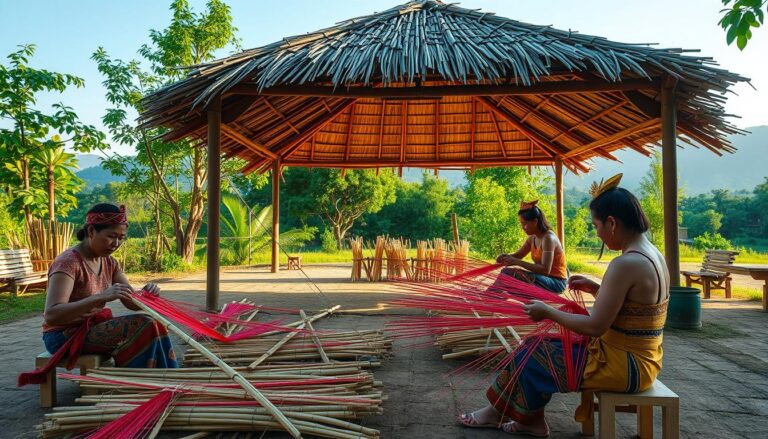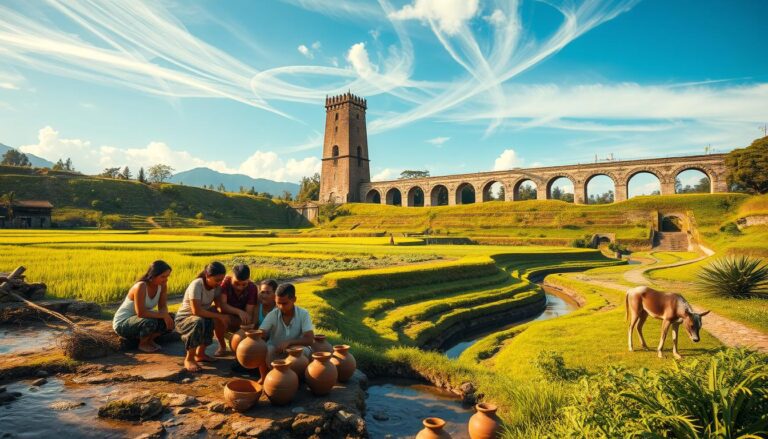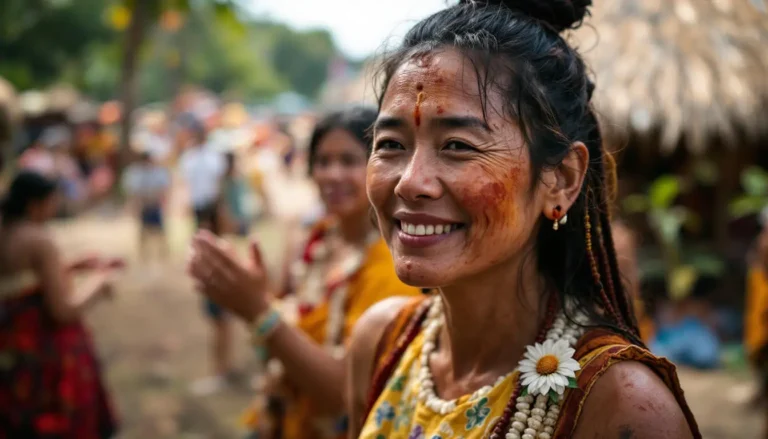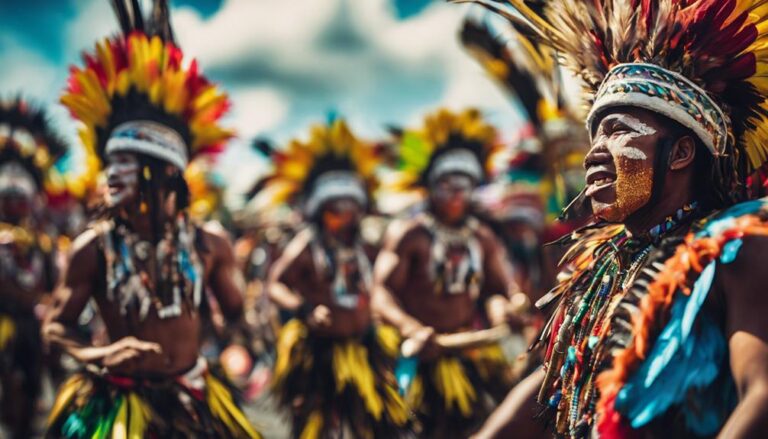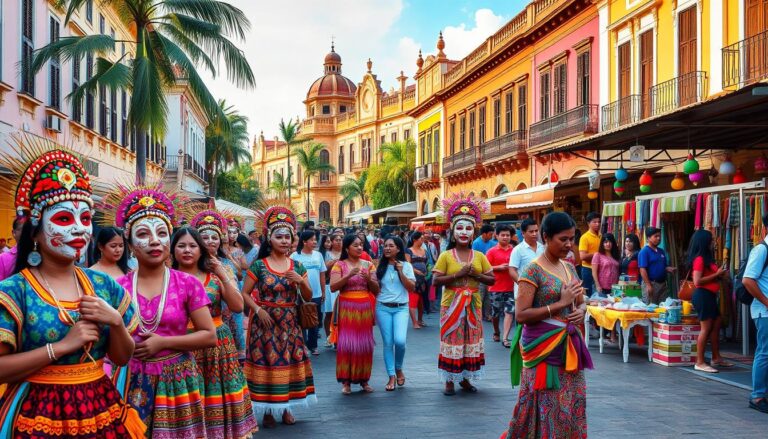Sorteo Festival: Cavite’s Sorteo Festival: Everything You Need to Know
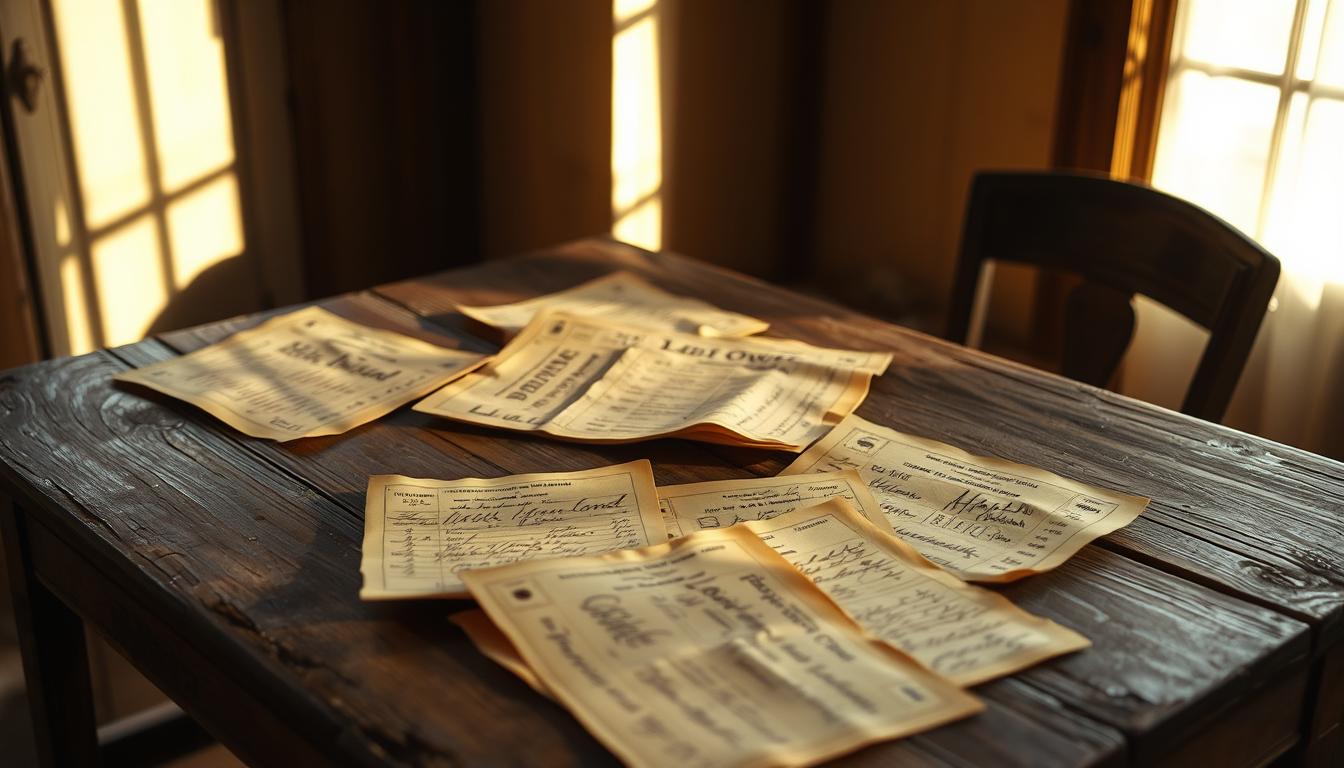
In the heart of Cavite lies a centuries-old tradition that blends agriculture, community, and chance. The Sorteo Festival, rooted in Spanish colonial practices, remains one of Carmona City’s most anticipated events. Every three years, locals gather to celebrate a unique public lottery system that redistributes communal farmland—a practice dating back to 1861.
From February 14 to 23, 2025, Carmona will revive this historic tradition. The sorteo—meaning “raffle” in Spanish—was originally designed to resolve land disputes and encourage farming. Today, it symbolizes unity and fair resource allocation. Over 100 parcels of agricultural land are awarded through a random draw, giving participants a chance to cultivate their own plots.
This triennial celebration isn’t just about land distribution. It honors Cavite’s agrarian heritage with parades, cultural competitions, and community feasts. The upcoming 2025 event marks the festival’s 11th iteration since its modern revival in 2003. As you read on, you’ll discover how this tradition shaped local politics, preserved history, and continues to thrive in contemporary times.
Key Takeaways
- The event occurs every three years, with the next one scheduled for February 14–23, 2025.
- Originating in 1861, the tradition aims to fairly allocate communal farmland through a public raffle.
- Over 100 agricultural lots were available in recent editions, with winners gaining temporary cultivation rights.
- Carmona City revitalized the practice in 2003 to celebrate its cultural and historical roots.
- Festivities include parades, competitions, and displays of local heritage beyond the land lottery.
- The system prevents disputes by using random selection to assign plots every three years.
The Historical Journey of the Sorteo Festival
Long before modern agricultural reforms, a unique tradition took root in Cavite’s farmlands. This practice blended fairness with folklore, creating a system that would shape local culture for generations.
Origins and Early Traditions
In 1861—the year Dr. Jose Rizal was born—Spanish authorities introduced “Subasta de las Tierras Communales.” This land distribution method used numbered sticks drawn from clay pots. Farmers gathered annually to claim temporary cultivation rights through this raffle system.
“The lottery prevented conflicts by making land access impartial. It became our ancestors’ version of social justice.”
Influence of National Heroes
The timing of the tradition’s creation paralleled the rise of Filipino nationalism. While Rizal’s writings inspired revolution, this agricultural practice quietly empowered rural communities. It demonstrated how ordinary people could manage resources without colonial interference.
| Year | Development | Impact |
|---|---|---|
| 1861 | First recorded land raffle | Established fair distribution |
| 1896 | Revolutionary period | Practice temporarily halted |
| 2003 | Modern revival | Added cultural events |
Evolution Through the Years
After World War II, the tradition nearly vanished. Carmona City leaders revived it in 2003, blending the agricultural raffle with new elements like street dances and heritage exhibits. Today’s version honors history while celebrating community creativity—proving old systems can adapt without losing their soul.
Sorteo Festival: Cultural and Community Impact in Carmona City
A raffle system from the past still unites Carmona’s community today. This tradition, deeply rooted in agricultural practices, transforms land distribution into a celebration of shared heritage. From February 14–23, 2025, the city will showcase how history and modernity coexist through its signature event.
Seeds of Fairness in Farming
Carmona’s identity revolves around its fertile lands. The public lottery system ensures equal opportunities for farmers to cultivate communal plots. Winners gain three-year rights to grow crops like rice and vegetables, preserving methods passed down through generations.
“This isn’t just about soil—it’s about sustaining our ancestors’ wisdom while feeding future families.”
2025 Celebration: Community in Motion
Residents prepare months in advance for the 2025 dates. Street dances featuring bamboo props and floral costumes kick off the festivities. Over 100 decorated carriages join processions honoring Santo Niño, blending devotion with creativity.
| Date | Event | Participant Group |
|---|---|---|
| Feb 14 | Opening Parade | All Barangays |
| Feb 18 | Land Raffle Ceremony | Registered Farmers |
| Feb 22 | Cultural Competitions | Local Artists & Students |
Community leaders organize cooking contests using heirloom recipes. These activities reinforce bonds while attracting visitors curious about Carmona’s unique approach to heritage preservation.
Political Leadership and Symbolism at the Festival
Behind every cultural tradition lies the guiding hand of dedicated leaders. Carmona’s unique celebration thrives through strategic partnerships between residents and policymakers who champion equitable growth.
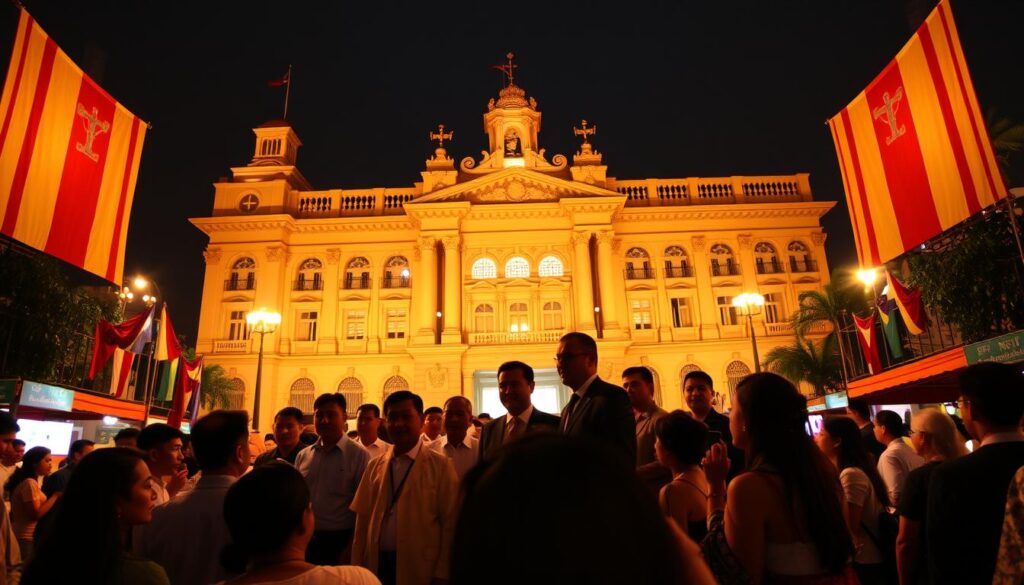
Local Government Efforts and Roy Loyola’s Contributions
Roy Loyola, Carmona’s former district representative, became instrumental in securing city status through four congressional terms. His 2023 legislation allocated ₱15 million to preserve cultural landmarks tied to the land raffle tradition.
“Leadership means bridging our agricultural roots with modern governance. This event proves both can flourish together.”
Panfilo ‘Ping’ Lacson and Other Influential Figures
Former Senator Panfilo Lacson joined the 2025 preparations, emphasizing heritage conservation in urban planning. His advocacy inspired current district rep. members to draft policies protecting communal farmlands from commercial development.
| Leader | Role | Contribution |
|---|---|---|
| Roy Loyola | Former District Rep. | Secured cityhood & funding |
| Panfilo Lacson | National Policymaker | Advocated heritage policies |
| Current District Rep. | Local Official | Expanded farmer subsidies |
These efforts demonstrate how district rep. figures transform cultural symbols into engines for sustainable progress. Their work ensures traditions adapt without losing historical significance.
Conclusion
Carmona City’s triennial celebration stands as a living bridge between colonial-era traditions and modern community values. Since 1861, this unique system of land allocation has evolved from resolving disputes to becoming a symbol of shared heritage. The upcoming Sorteo Festival 2025, scheduled February 14-23, continues this legacy with support from both residents and policymakers.
Local agricultural practices remain central to the event’s identity. Through a public lottery, farmers gain temporary rights to cultivate communal plots, preserving ancestral farming methods. This approach not only sustains livelihoods but also strengthens neighborhood bonds through collaborative preparations and cultural displays.
Key figures like former representative Roy Loyola have been instrumental in safeguarding this tradition. Their efforts ensure the practice adapts to contemporary needs while maintaining its historical essence. Current leaders further this mission by integrating heritage conservation into urban development plans.
The 2025 festival dates mark a cultural milestone, drawing participants eager to experience Cavite’s resilient spirit. More than a spectacle, this gathering reflects a community’s commitment to honoring its past while nurturing future generations.

